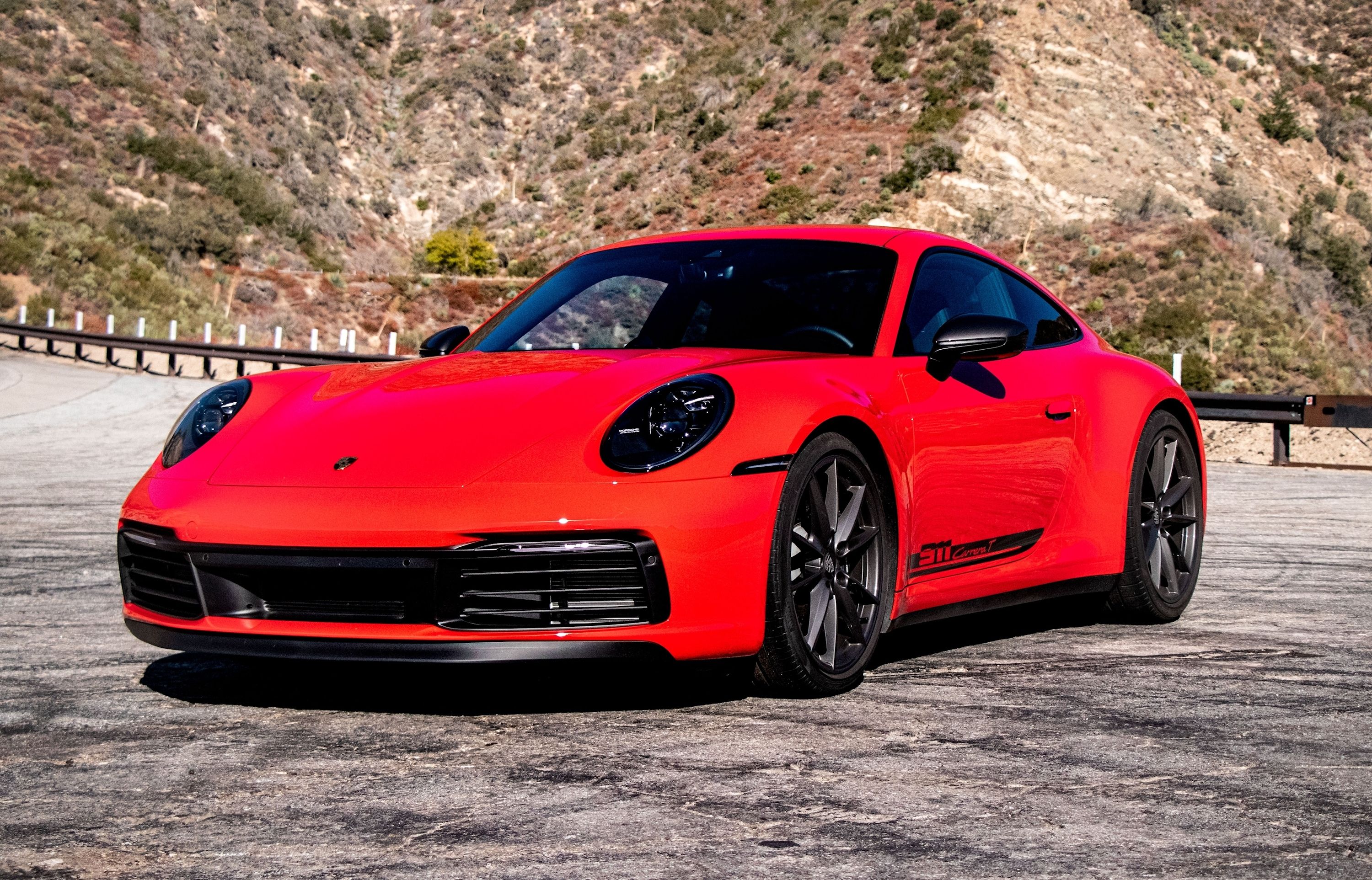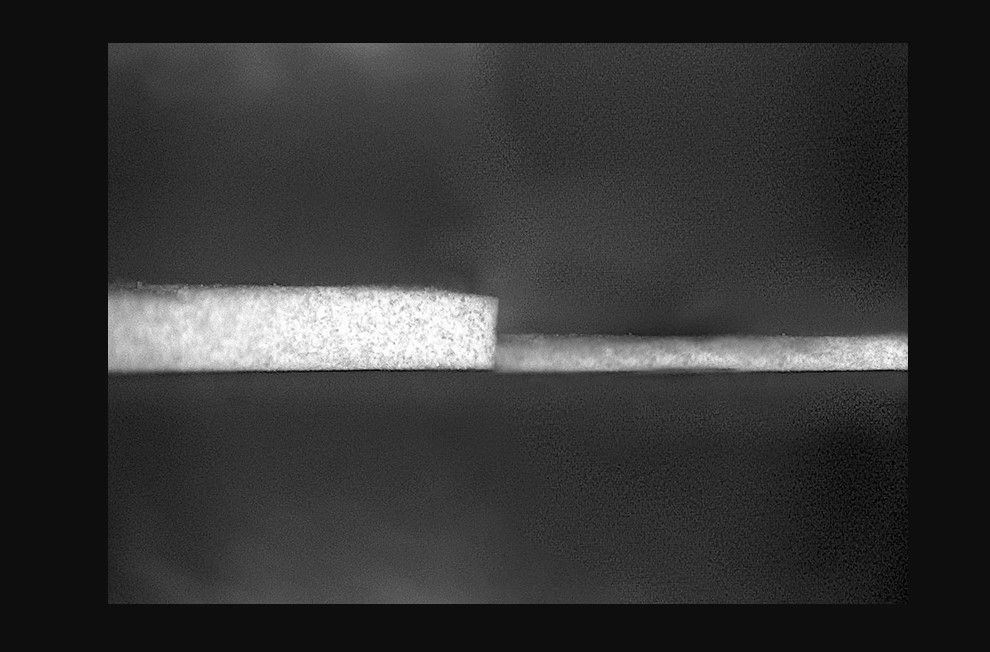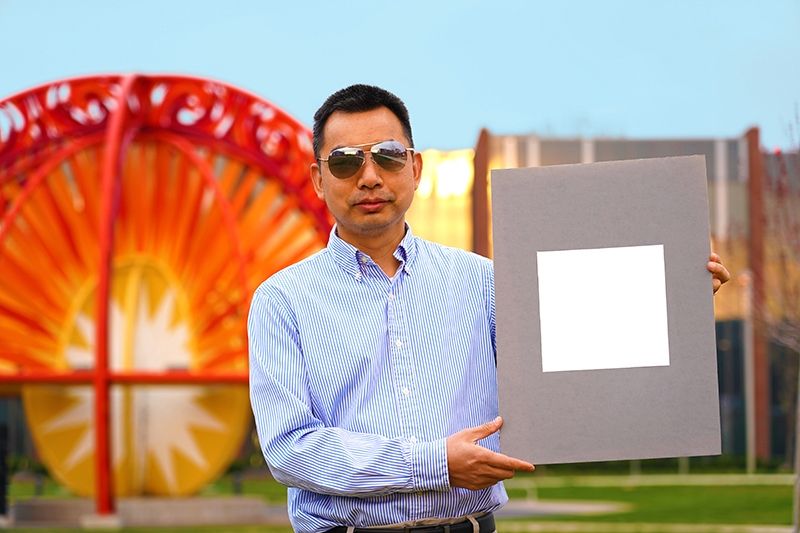
If you're a huge car nerd, you probably give at least half a damn about paint.
Whether that be the latest Paint-to-Sample Porsche 911 or the absurd $12,000 two-tone hue, the world of automotive paints is indeed a broad and interesting one. There's also some overlap with other industries, which is what we're here to discuss.
Researchers at Purdue University have made it into the Guinness Book with a record for the world's whitest paint. It's the opposite of the blacker-than-Vantablack 911 we saw a while back. Instead of doing what that Porsche 911 did, this paint reflects almost all visible light, making it incredibly bright.
Per the researchers over at Perdue, the paint formula will reflect 98.1% of solar radiation. But there's also a thermodynamic benefit to this paint, which is why it was used on airplanes, which often have to manage their surface temperatures to a greater degree than cars. The color can also emit more heat than it absorbs.
Any surface coated with this paint is cooled below the surrounding ambient temperature. Look at the image above, taken with a thermal imaging camera. Notice how the painted square has cooled the surface around it. It's like a black hole for heat.
We had said earlier that the paint was used on airplanes. The benefits here are pretty straightforward. Cooling the exterior of a plane operating in a thin atmosphere has a raft of benefits we won't get into here. But it wasn't always the case. Initially, the paint needed to be applied in very thick layers, as you see above.
That made it unsuitable for use in both automotive and aviation applications. However, Purdue researchers have figured out how to thin the paint enough to be used in both sectors.
Let's walk it back a little. Initially, the paint used barium sulfate nanoparticles to reflect all that light and heat. It could cool surfaces by more than eight degrees Fahrenheit, making it useful for industrial applications. Imagine how much lower your A/C bill would be in the summer with a house painted this color.
The new paint is just 150 microns thick and achieves similar performance.
This is known amongst the scientific community as a "win-win." "This not only saves money, but it reduces energy usage, which in turn reduces greenhouse gas emissions," said Xiulin Ruan, a Purdue professor of mechanical engineering and developer of the paint. "And unlike other cooling methods, this paint radiates all the heat into deep space, which also directly cools down our planet. It's pretty amazing that a paint can do all that."
Researchers say that the paint is nearing production now, though a timeline hasn't been provided.



